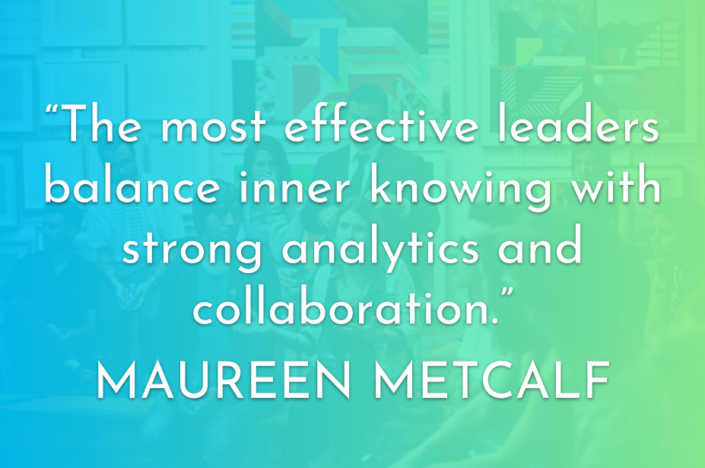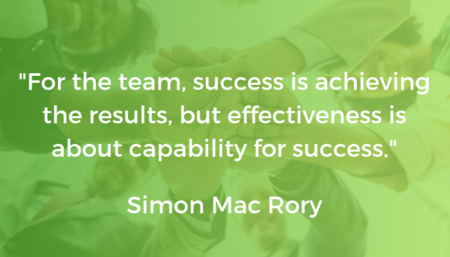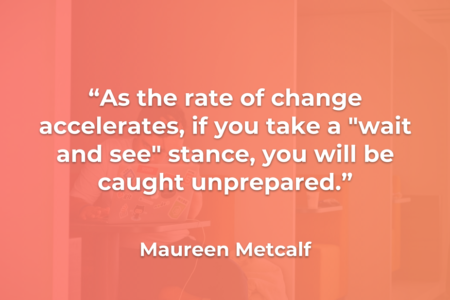Evolving an Iconic Brand
This week’s article written by Maureen Metcalf. It is a companion to the interview she conducted...
Read Moreby VoiceAmerica | Dec 20, 2021 | Business | 0 |
This week’s article written by Maureen Metcalf. It is a companion to the interview she conducted...
Read Moreby VoiceAmerica | Sep 28, 2021 | Business | 0 |
This week’s article is an article by Lou Zenteno and Jim Ritchie-Dunham. It is a companion to...
Read Moreby VoiceAmerica | Aug 23, 2021 | Business | 0 |
This week’s article is provided by Jake Jacobs. President of Jake Jacobs Consulting and author of...
Read Moreby VoiceAmerica | Jun 29, 2021 | Business | 0 |
This week’s article is provided by Eric Redmond, a twenty-year veteran technologist and author. It...
Read Moreby VoiceAmerica | Jun 16, 2021 | Business | 0 |
This week’s article is provided by Jeff Wald, founder of Work Market. It is a companion to his...
Read Moreby VoiceAmerica | May 11, 2021 | Business | 0 |
This week’s article is provided by Liane Davey as part of the World Business and Executive Coach...
Read Moreby VoiceAmerica | Apr 19, 2021 | Business | 0 |
To receive these weekly articles, subscribe here. This article was previously published on the...
Read Moreby VoiceAmerica | Dec 28, 2020 | Business | 0 |
To receive the weekly blogs via email, please sign-up here. Maureen Metcalf, ILI’s CEO and...
Read Moreby VoiceAmerica | Mar 4, 2019 | Health & Wellness | 0 |
This post is written by guest blogger Samar Habib. It is the companion to an interview...
Read Moreby VoiceAmerica | Jan 29, 2019 | Business | 0 |
This post is a report from the December 5, 2018 Forbes.com article Authentic Leadership for...
Read Moreby VoiceAmerica | Dec 11, 2018 | Business, VoiceAmerica | 0 |
This blog is a guest post by Simon Mac Rory as a companion to the November, 27 Voice America...
Read Moreby VoiceAmerica | Dec 11, 2018 | Business, Influencers, VoiceAmerica | 0 |
With 2018 coming to a close, many of us are looking to 2019 and beyond. This article was...
Read More











